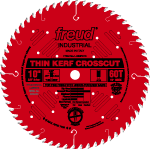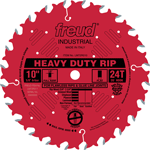Home
Woodworking
Hand Railings
Skirt Boards
Crown Molding
Bidding
Wainscoting
Chair Rail
Interior Doors
Closet Doors
Exterior Doors
Installing Doors
Baseboard
Installing Baseboard
Windows
Install Cabinets
Hand Tools
Power Tools
Blog
Contact
Link Partners
Tool Reviews
About Me
Can't Find Something?
Check The Sitemap
Site Map
Woodworking
Hand Railings
Skirt Boards
Crown Molding
Bidding
Wainscoting
Chair Rail
Interior Doors
Closet Doors
Exterior Doors
Installing Doors
Baseboard
Installing Baseboard
Windows
Install Cabinets
Hand Tools
Power Tools
Blog
Contact
Link Partners
Tool Reviews
About Me
Check The Sitemap
Site Map
[?] Subscribe To This Site
Saw Blades
A Few Things To Know About Saw Blades
The manufacturer of saw BladesChoosing A Saw Bade
Basically in wood work there are two types of saw blades for cutting. A rip blade and a cross-cut blade. There are of course your dado blades and some others however they are for specialty work and not just for cutting.
You will have a cross-cut blade in your miter saw. One of the things I look at when buying a cross-cut blade is the expansion slots. These are slots cut into the blade body to control expansion and prevent warping that can happen as the blade heats up from cutting friction.
The problem I have experienced is some blade companies make these slots wider and when cutting smaller material such as shoe or quarter round these slots can catch causing a very uncomfortable ringing in your fingers on the hand holding the wood. If this has happened to you, you know exactly what I am talking about.

Cross-Cut Blade
Crosscut blades do vary in tooth number. The most popular in the 10" blade size is the 60 and 80 tooth. A smaller tooth number blade such as a 40 or 50 tooth can do the job also and may be quite a bit cheaper. No big secret just be sure it is designed for cross-cutting and not ripping. The Gullet, which is the space between each tooth is usually shallower and smaller on the cross-cut blades.

Rip Blade
The most common rip blade in the 10" size usually has 24 teeth. The gullets are wide and deep and can also vary. These saw Blades
Return To Carpentry Power ToolsPage.
Return From the Saw Blades Page to Home - Finishcarpentryhelp.com.


